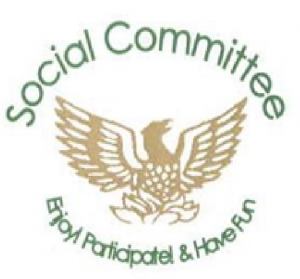PreLoved Uniform
We are very pleased to say we advocate the three R’s – Reduce Reuse and Recycle!
REDUCE the amount of new uniform you need to buy. REUSE good quality uniform and save it from going to landfill. RECYCLE any uniform that is past its best.
We have a great and ever evolving stock of preloved uniform across all of Prep School- Nursery, Pre Prep and Prep and several ways to get to it.
Either drop us an email ypssc@yarmschool.org
Or check the listing on Classlist
Ask a friendly committee member.
Once we receive your enquiry we will have a look through our stock and let you know if we have what you need. It will be bagged up and left at Pre Prep reception. We will let you know it is there to collect and send you a link to make payment. If for whatever reason you want to return something, just get in touch.
We accept clean good quality uniform donations at any time. Just drop them off at Pre Prep reception where Mrs Banham will direct you to the donations box.
Income raised from preloved uniform sales goes towards YPSSC events and activities for the children.
Scroll down to read why PreLoved is Best!!
Some reasons why PreLoved is Best….and not only for school uniform….
”TACKLE TEXTILE WASTE
According to WRAP (Waste & Resources Action Programme), the British registered charity working with businesses, individuals and communities to reduce waste and use resources in a more efficient way, an estimated £140m worth of clothing is sent to UK landfill each year. Put another way, around 350,000 tonnes of pre-worn, but still wearable, clothing ends up as textile waste in landfill in the UK every year.
And then there’s the amount of supply chain waste to be taken into consideration too, the amount of waste generated in the processing and production of each new item of clothing.
Donating and buying preloved clothing helps to reduce the amount of textile waste in landfill. Preloved becomes reloved, reducing waste by extending the life of each garment.
REDUCE THE ENVIRONMENTAL IMPACT OF THE FASHION INDUSTRY
The fast fashion industry is one of the largest industries in the world and is the second largest pollutant on the planet.
‘The industry is criticised for its unsustainable use of water, land, fossil fuels and energy, along with manufacturing processes associated with toxic chemicals, waste and pollution, and unethical labour practices.’
WRAP
Textile waste to landfill creates greenhouse gas emissions, when left to decompose through anaerobic digestion. These greenhouse gases escape into the atmosphere, contributing significantly to the current climate emergency.
Time is running out for the planet. Switching to buying preloved clothing is one way in which you can make a difference.
SAVE WATER
Fresh, clean water is one of the world’s most valuable resources and the fashion industry, encompassing the cotton-growing and textile-production industries, contributes to freshwater contamination, as well as using much of the available clean water in many communities across the world today.
The global average water footprint for 1 kilogram of cotton – equivalent to the weight of one man’s shirt and a pair of jeans – is 10,000 – 20,000 litres, depending on where it is grown.
WRAP’s Sustainable Clothing Action Plan
When you choose to buy preloved clothing, you are playing your part in conserving water.





















